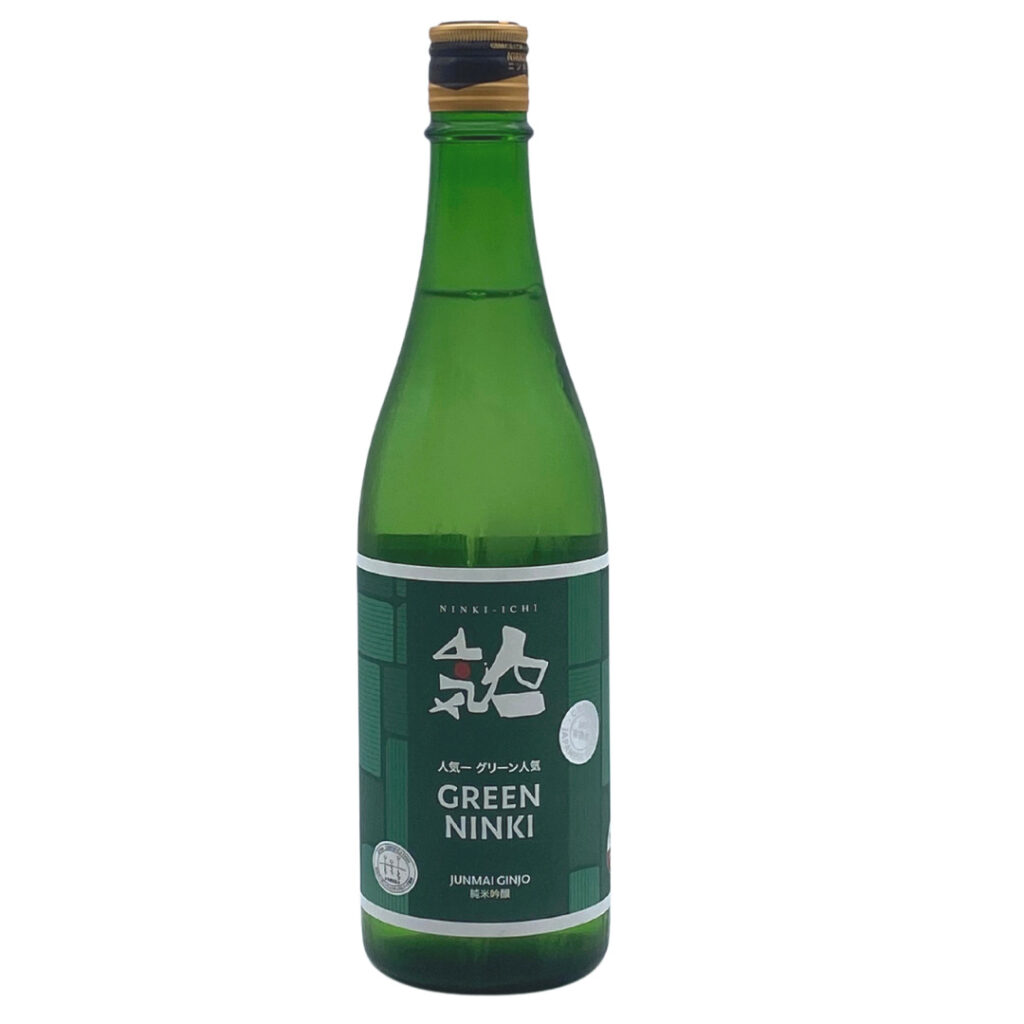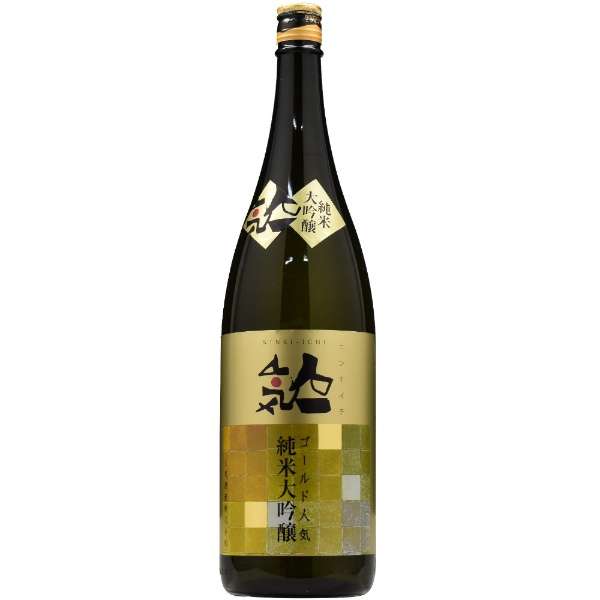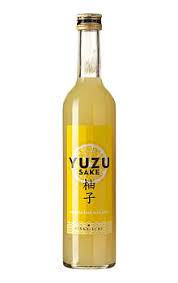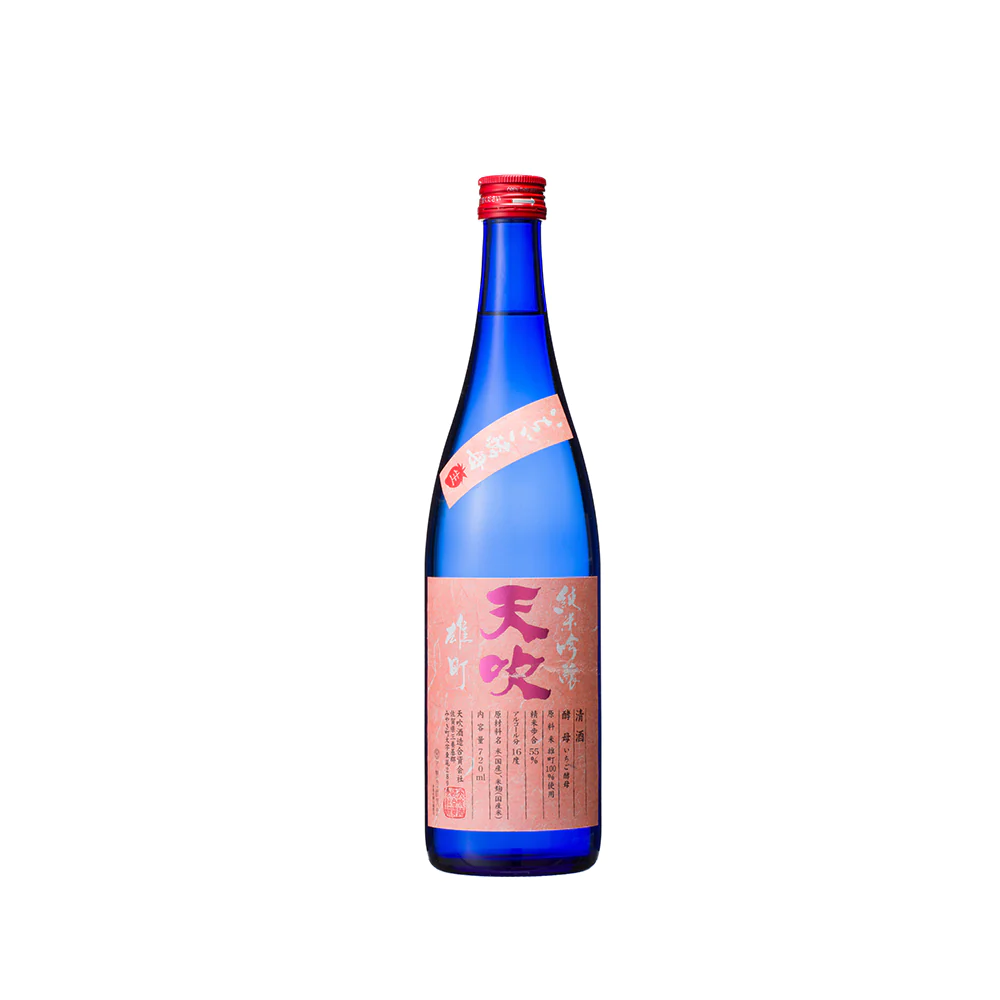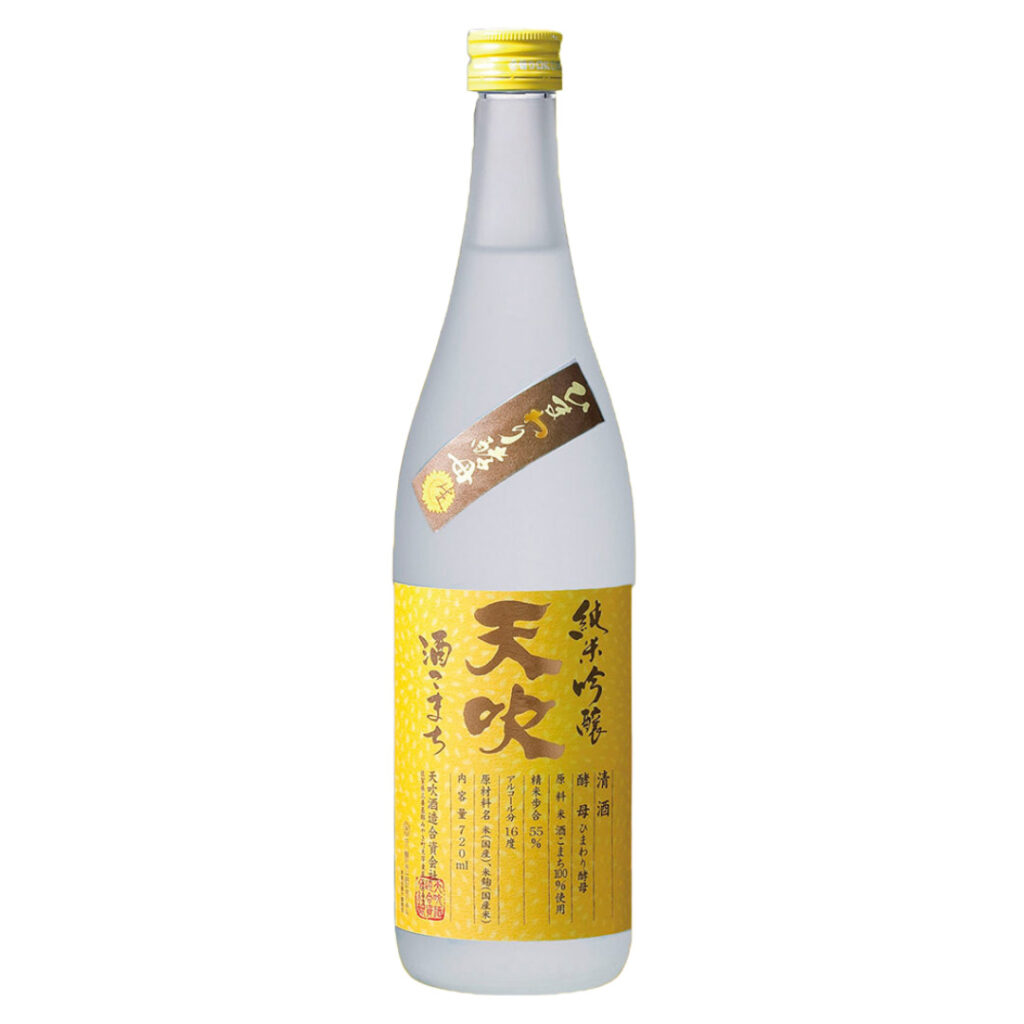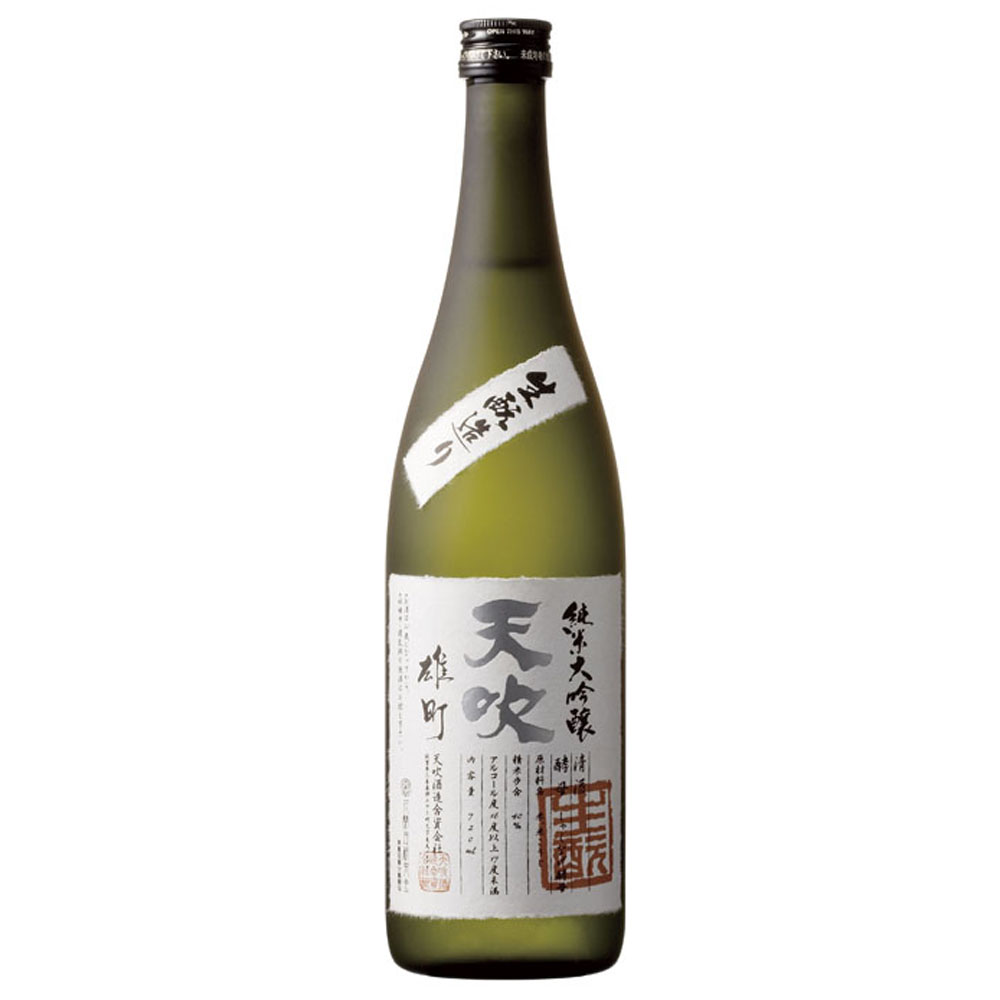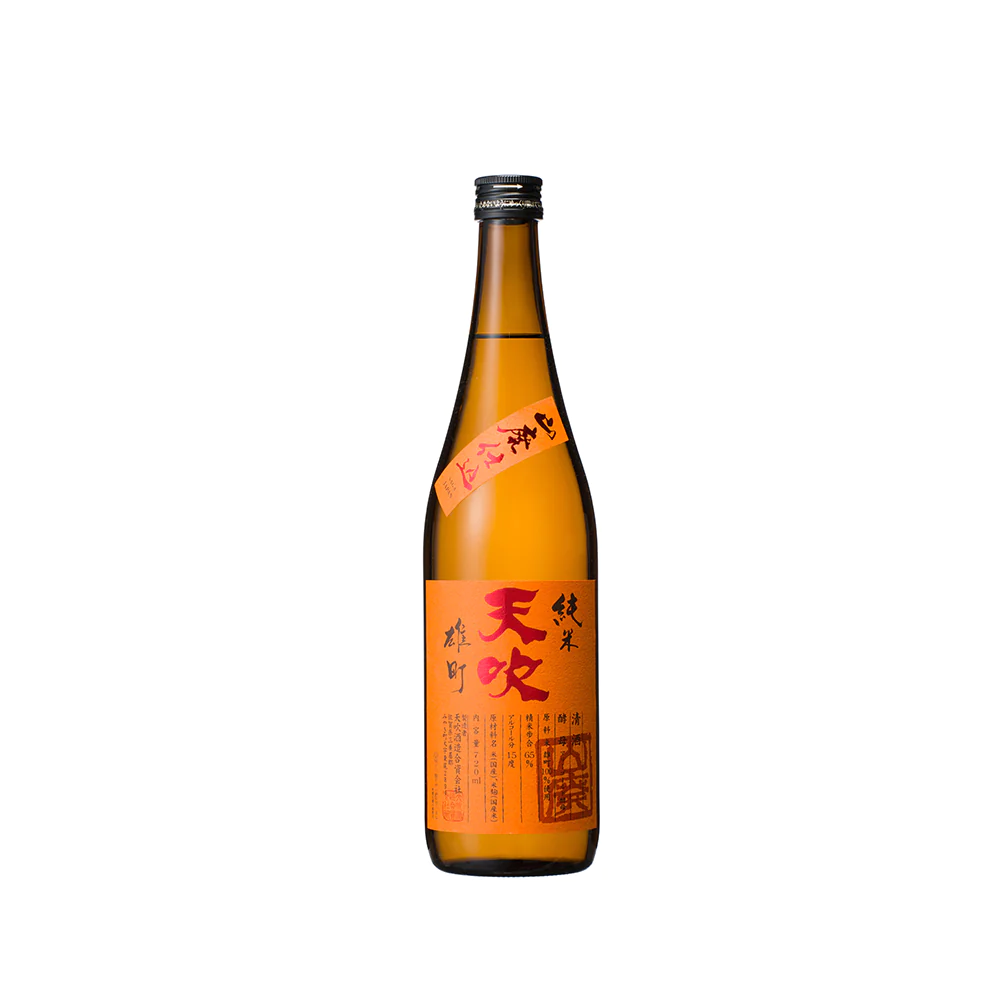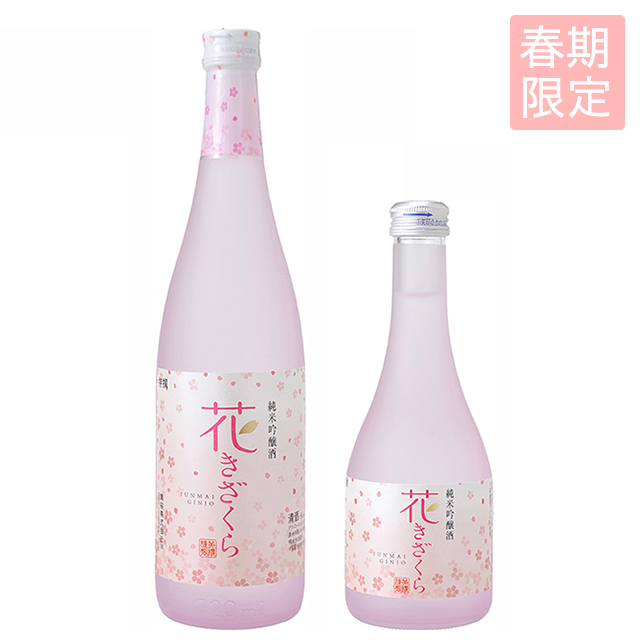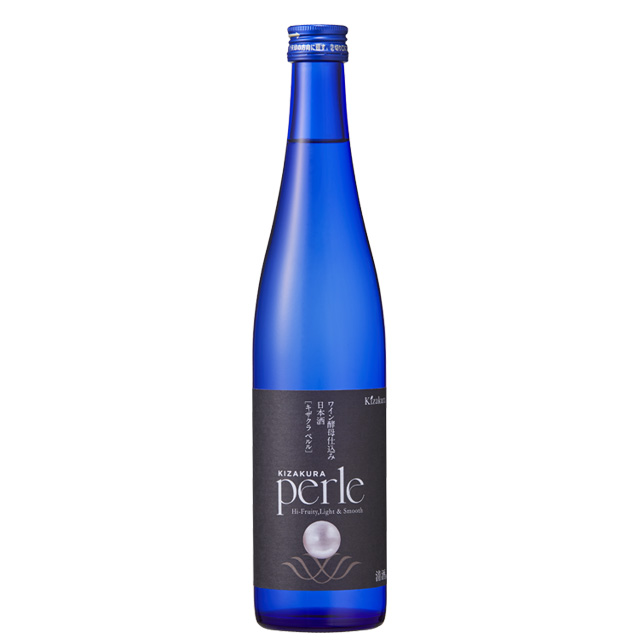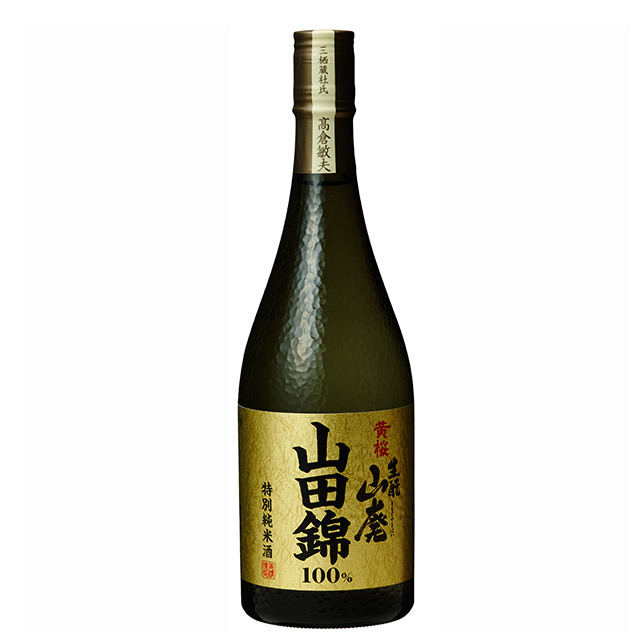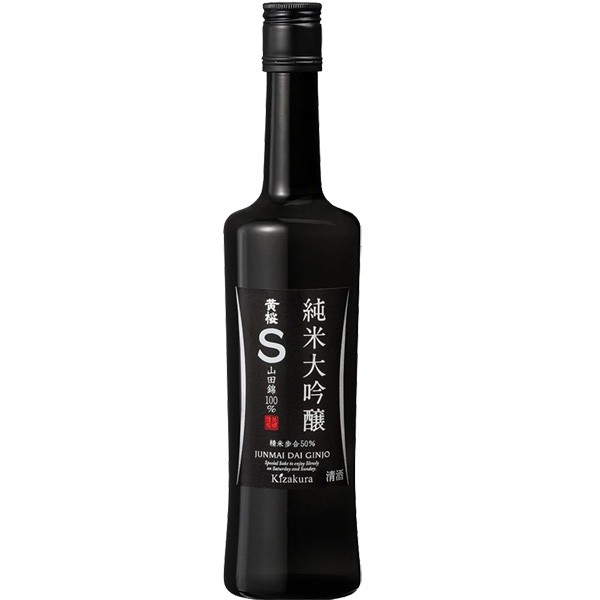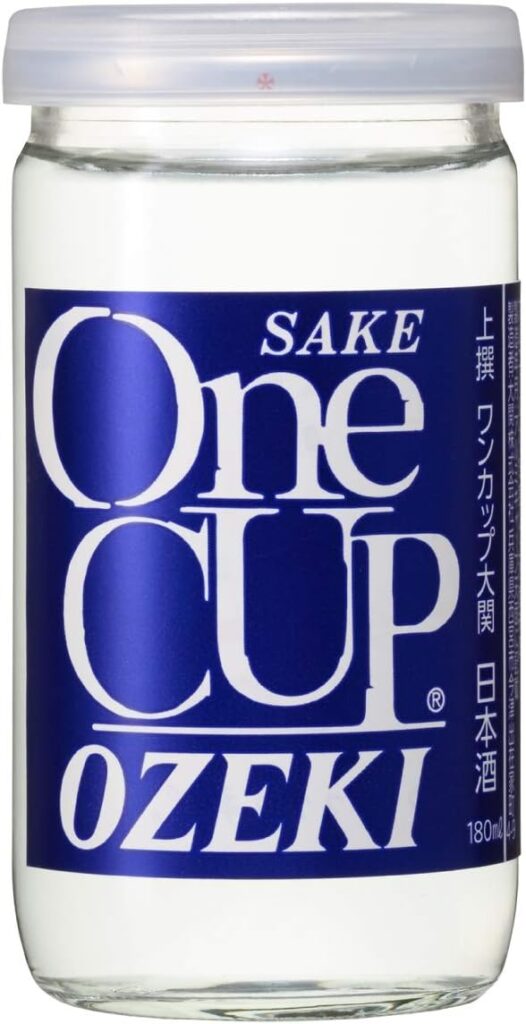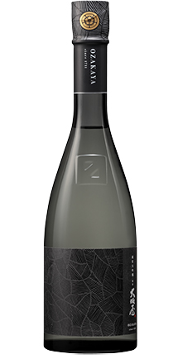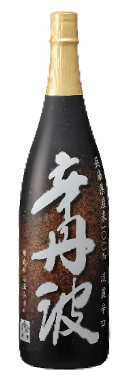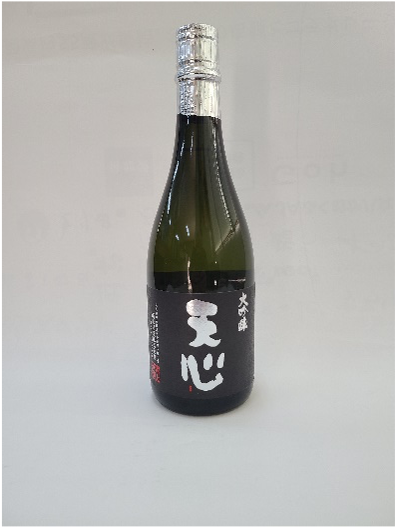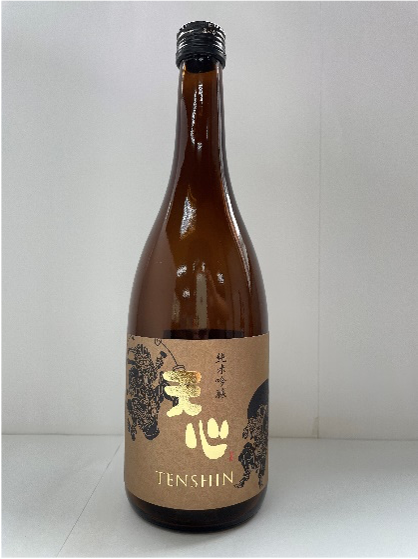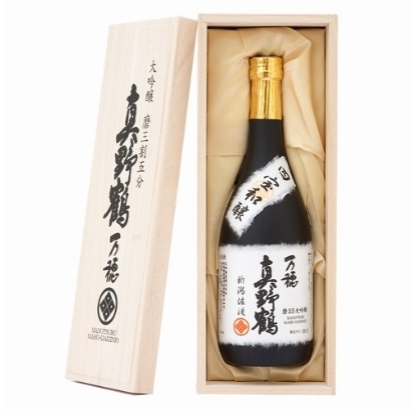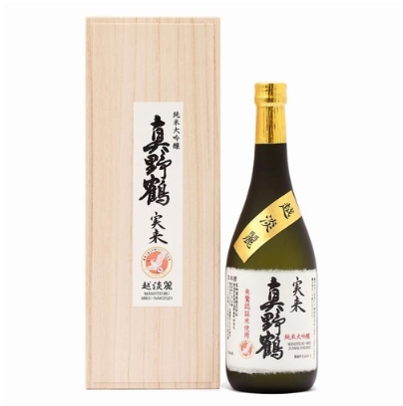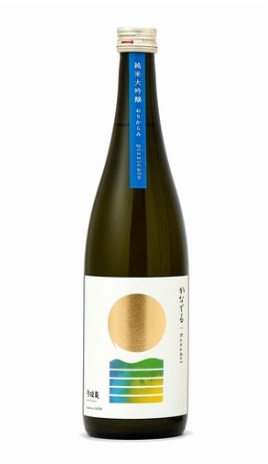Yoshinosugi no Tarusake 吉野杉の樽酒

Introduction

Japanese rice wine known around the world as sake is made from rice. Crafted painstakingly by master brewers and brewery workers from rice, malted rice, and water, sake is recognized internationally for its distinctive aroma and flavor and the rare quality of tasting delicious both warm and cold.
How to drink
Known widely as a type of alcohol enjoyed with meals, sake goes well with both Japanese and Western-style cuisine. It pairs especially well with seafood dishes like raw oysters and caviar, strongly highlighting their flavors. Japan also has the so-called tsu culture, which involves drinking sake with a little salt. Trying different combinations to discover your ownspecial style is another fun way that sake can be enjoyed.
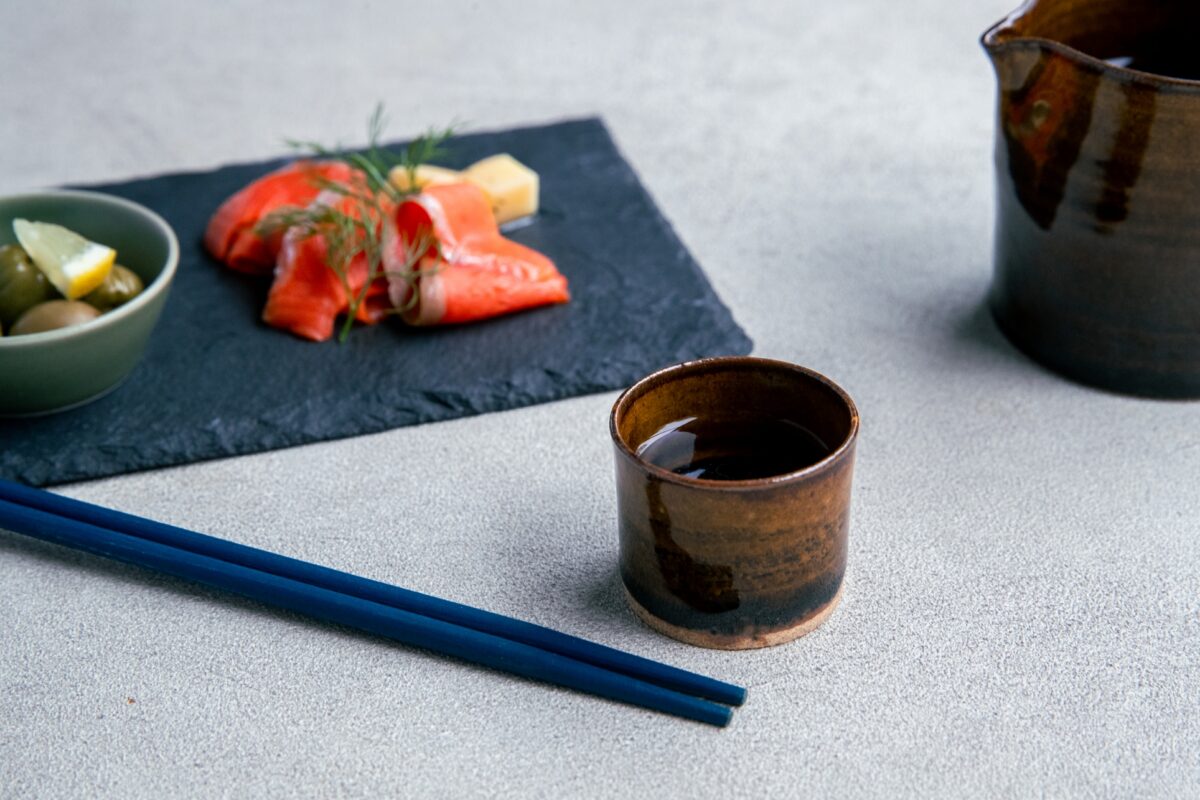
Japan Quality
Sake brewing begins by growing a special type of rice for the process, called brewer’s rice. After harvesting and undergoing safety tests, poorly colored or malformed grains and stones are carefully removed from the brewer’s rice, giving polished rice. After several processes like steaming rice, producing malted rice, and cultivating yeast, the mixture is allowed to slowly ferment over time. By combining precise temperature management tailored to daily changes in the weather in Japan—a country with four seasons, complex processes, and the experience of the master brewer, the sake product is finally ready about 60 to 80 days after the rice is milled.
The flavor and aroma of sake differs depending on the rice polishing ratio (the percentage that remains after the outer layer of the brown rice has been milled away). The rice polishing ratio is about 90% for rice eaten as food, but generally no more than 75% when used for sake. Polishing further reduces the amount of fats that diminish aroma and nutrients that create unfavorable flavors, producing the clear flavor and aroma when used to make sake.
Sakes are also categorized by rice polishing ratio; sake is called ginjoshu if made from rice with a 60% or lower rice polishing ratio, and daiginjoshu when it is 50% or lower. That a rice polishing ratio of 50% or lower does not always mean the sake tastes good is another fascinating aspect of this beverage. The richness and degree of umami varies by sake, resulting in an infinite number of different flavors.


